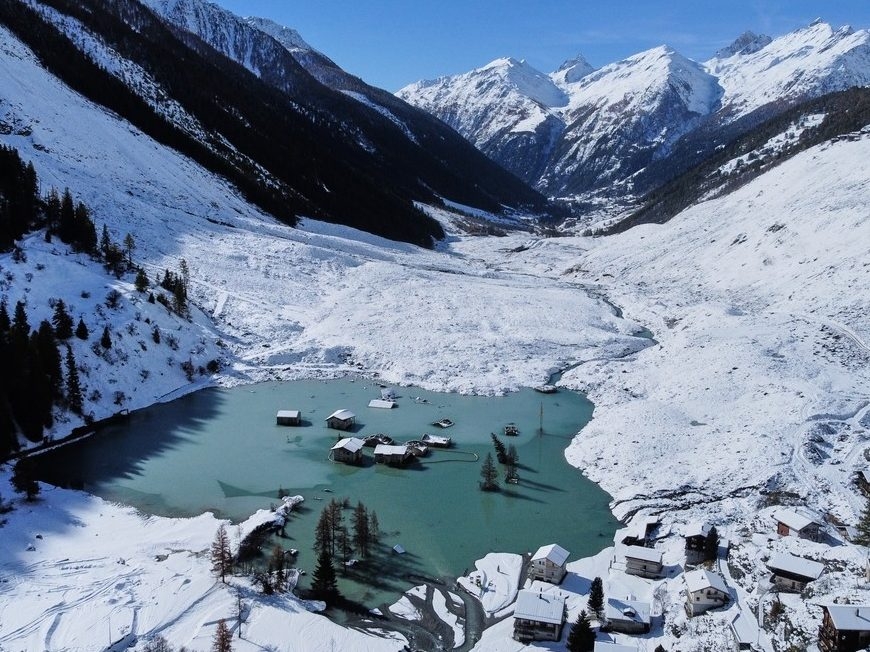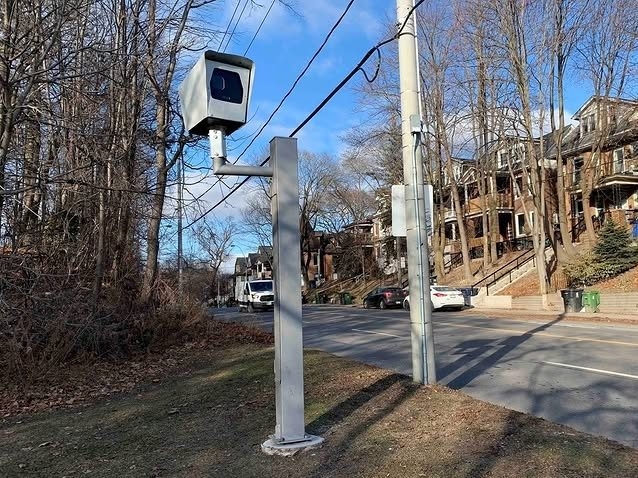The silence descended first. Lukas Kalbermatten, owner of a hotel that had stood for generations in the Swiss village of Blatten, felt a hollow emptiness when the landslide struck. It wasn’t grief, not initially, but a stunning absence of everything familiar.
Then came the devastation. In less than a minute, nine million cubic meters of ice, stone, and earth roared down from the Kleines Nesthorn peak, burying Blatten under a wave of dust and debris. Over 90% of the village was obliterated, leaving a scar across the Lötschental valley nearly two and a half kilometers wide.
A single life was lost – a 64-year-old man caught in the path of the relentless slide. But for the remaining 300 residents, the question wasn’t whether to abandon their home, but how to resurrect it. A quiet determination took root, a refusal to let the valley fall silent forever.

Kalbermatten’s reaction was typical. He didn’t succumb to despair. Instead, he immediately began to rebuild. The initial shock gave way to a pragmatic focus, the emotions surfacing days later as the scale of the loss became clear.
The Hotel Edelweiss, once a proud landmark, now rested partially submerged in a newly formed, eerily green pond. Undeterred, Kalbermatten joined forces with other families to create a temporary hotel higher up the mountain, a beacon of hope in the neighboring village of Wiler.
The challenge was immense. The disaster crippled tourism, leaving the valley short on accommodations. But the priority wasn’t profit; it was momentum. It was about demonstrating that Blatten wasn’t defeated.
Laurent Hubert, whose own hotel and restaurant were reduced to rubble, partnered with Kalbermatten. His wife, Esther Bellwald, spearheaded the project, a new hotel dubbed “Momentum,” slated to open by December 18th. It was a fragile light in the darkness, a testament to their resilience.
Even as crews worked tirelessly under a surprisingly mild winter sun, the mountain remained a threat. Four hundred thousand cubic meters of unstable rock and ice loomed overhead, demanding cautious progress. The recent snowfall offered a temporary reprieve, solidifying the precarious landscape.
But the reprieve wouldn’t last. Construction coordinator Manfred Ebener knew the spring thaw would bring a new set of dangers, releasing water back into the rock and potentially triggering further movement. The work was delicate, a constant negotiation with the shifting geology.
Slowly, painstakingly, life began to return. Electricity and communication lines were restored. Drainage canals were dug. Roads were cleared, allowing residents brief, poignant returns to salvage what they could – books, photographs, a cherished wedding dress recovered from flooded homes.
The vision is long-term: years of clearing, followed by the complete reconstruction of Blatten, with a hopeful return for its inhabitants by 2030. But beneath the practical efforts lies a deeper unease, a growing awareness of a changing world.
Swiss glaciologists have warned for years about the accelerating retreat of glaciers, a consequence of global warming. While Kalbermatten hesitates to draw direct connections, he acknowledges a shift. “We live here,” he says, “and we can see that something is happening.”
The landslide wasn’t just a natural disaster; it was a stark reminder of a new reality, a future where the mountains themselves are in motion, and the echoes of the past are increasingly fragile.





